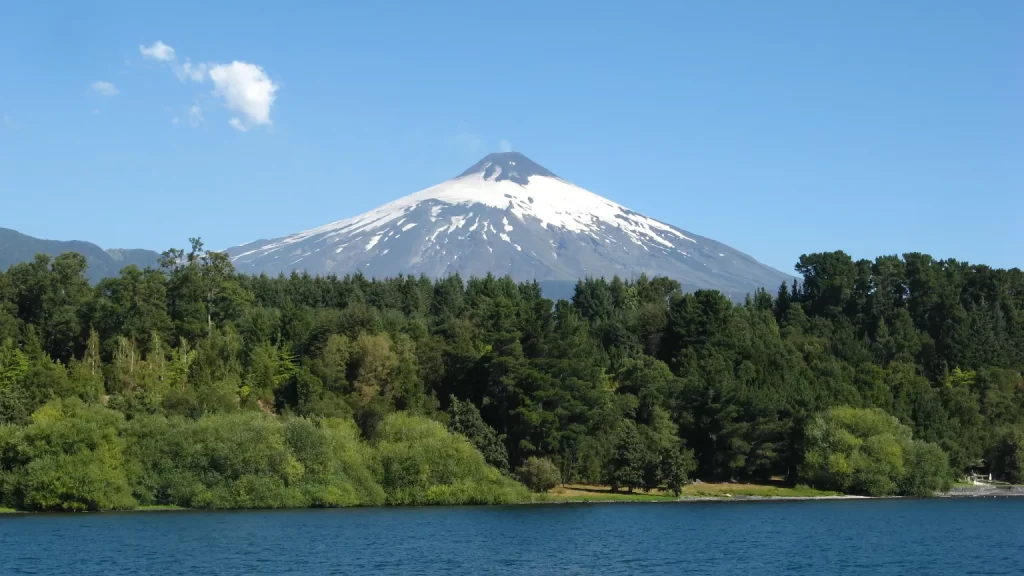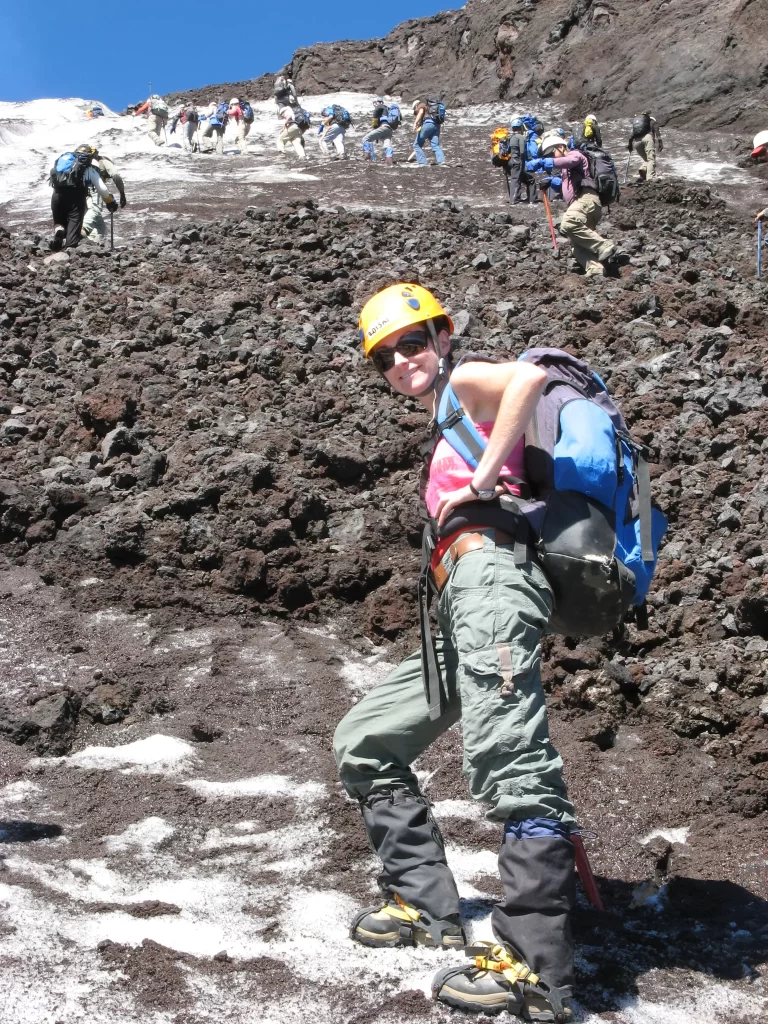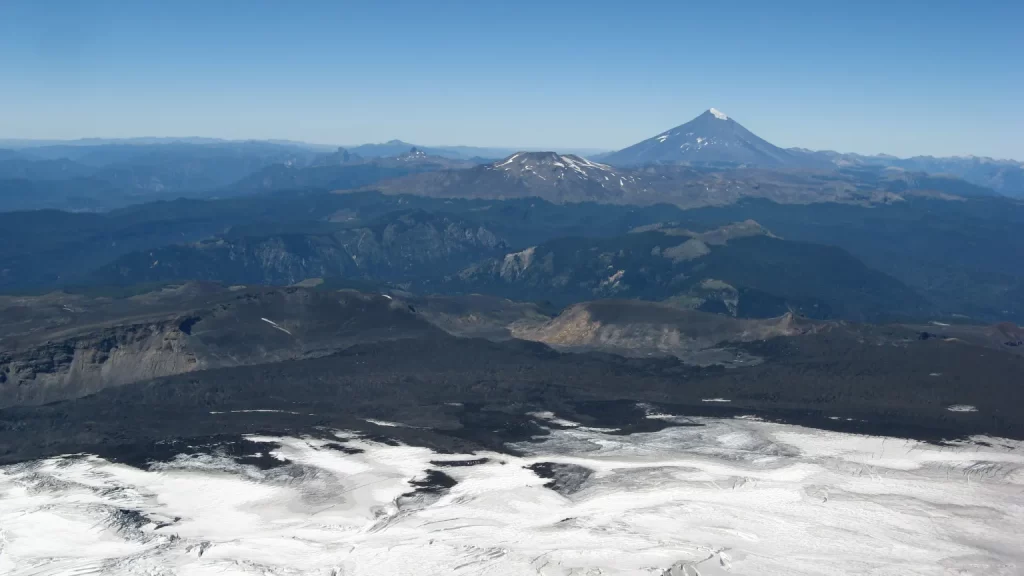
RÓISÍN SORAHAN joins the volcano tourist trail in South America.
VOLCANOES aren’t something we think about too often in Ireland. Carrauntoohil, our highest peak, is a sleepy, docile creature; the most threatening thing about it is probably the name of its access route, Hag’s Glen. So when we get showered in volcanic ash and our airspace is closed again and again, we could be forgiven for thinking we had ended up in a scene from Apocalypse Now.
Ironically, however, volcanic ridges across the globe have become top tourist attractions – and the more active they are, the greater the interest, as adventure travellers and the foolhardy curious – I fit into both categories – are drawn to the possibility of roasting marshmallows on flowing lava as the soles of their shoes melt.

Travelling through Latin America’s volcano-dotted landscape, I have noted that villagers living in their foothills approach them in two ways: they put their faith in some deity or other to protect them from the inevitable, and they build a town based on ecotourism and carve a trail to the crater. It’s a simple approach: tell people that they can climb an active volcano and, bizarrely, they will come from the four corners of the world to give it a lash.
The Chilean town of Pucón, which nestles at the base of the Villarrica volcano, in the Andes mountain range, is possibly one of the most beautiful places on Earth. If Disney did adventure tourism, it would look something like this: eternally blue skies above a towering volcano that is wrapped in a shining glacier, its head in the clouds and its feet in a glittering lake around which an affluent town has grown. Add a plume of smoke, for effect, and the seismic warnings that sprinkle the streets are hardly noticeable. If anything, the green, orange and red warning signals, complete with a system of sirens, add to the sense of adventure.

This town exists for one reason only: adrenalin. Villarrica, which is 2,847m high, is one of the world’s most active volcanoes. It sits in Villarrica National Park, which boasts a line of three volcanoes, Villarrica forming its centrepiece. Using the town as a base, visitors can take part in an array of activities: riding horses over the volcano’s foothills; riding bikes on out-of-the-way routes that offer wonderful perspectives of the towering peak; hiking in the national parks (there are three within reach in the region); and rafting the white water of the River Trancura, the main tributary of Lake Villarrica, which sits at the base of the volcano.
Then there’s the mama of adventure: scaling to the rim of the crater, if the volcano allows it and weather permits.
I visited in February, and arranged my guided trip to the summit with one of the many tour operators that line the streets.
The group tackling the ascent gathered early the following morning, when we were equipped with a safety helmet, rubber over-trousers, crampons, an ice axe and gaiters. I poured on my sunscreen and pulled on my thick-soled boots before we were ferried to the starting point, thrown on to a ski lift and dropped at the mouth of a really steep ascent.
The first part of the hike was over loose shale that slid underfoot like iron balls. Hikers ahead of us had dislodged the trail even more, causing cascades of stones and larger rocks that hurtled towards us at breakneck speed. Once the cry of “Rock!” rang out, the instruction was simple: get out of the way, fast.
When we reached the glacier we strapped on the crampons and moved even more slowly. Again, the direction was unambiguous: if you lose your footing and start sliding, use your ice axe as a brake and hold on tight. As we climbed, a condor soared overhead, and the Andes stretched as far as the eye could see.
We made it to the top and spent about an hour on the lunar-landscape summit, overwhelmed by the view and overcome by the fumes. I’m not sure if it was the panorama or the sulphur that made my eyes water so. The descent was swift, undignified and exhilarating. We donned our rubber trousers and slid on our backsides down ice-carved shafts. Later that night we soothed our rears in hot mineral baths.
For many of us, the lure of a glacier-capped pinnacle is impossible to resist. It’s the mixture of danger and beauty and the thrill of the climb. Once the ash settles in Iceland, volcanoes will continue to be big business: while they remain within our reach, their biggest draw is that they are ultimately beyond our control.

© Róisín Sorahan
Article originally published by The Irish Times